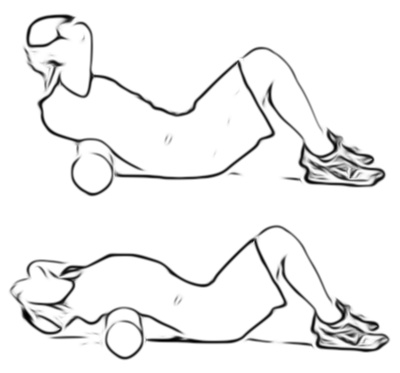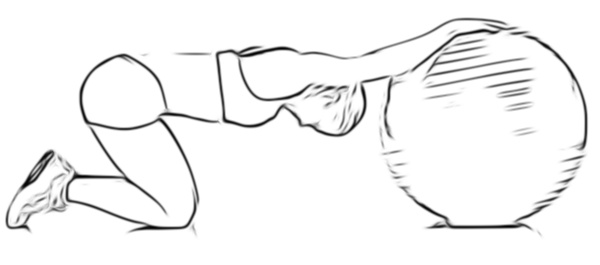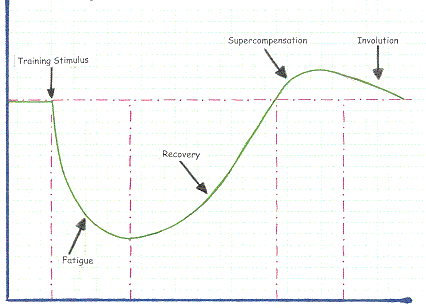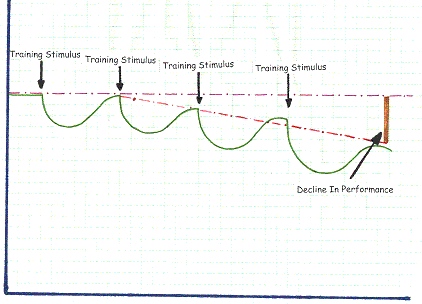- You are here:
- Home »
- Blog »
- Fitness After 40 »
- The Benefits of Rest and Recovery
The Benefits of Rest and Recovery
I finished the first month of training and now have entered what might be the most important part of the process – recovery.
I’ll take five days of rest and active rest (walk, cycle, stretch, etc).
At times, it seems like overkill. In the first month, I had two days in the week that I would call tough training days and after week one, I recovered well from one session to the next. There’s a voice whispering to me that I don’t need this structured R&R; that I could just keep going, pressing on.
I know better and so I rest.
Rest & Recovery
The physiologic benefit of R&R is something called Supercompensation.
The training creates fatigue in the muscles, tendons, joints, ligaments and stresses the heart, lungs and even your brain.
Your days off – recuperation on the chart above – allows your body to adapt; rebuild itself and get prepared for another session. During the rest phase, because the body always wants to be prepared and spend as little energy as possible, you build up a greater capacity and reserve than when you started.
But, if you rest too long, that positive adaptation fades and you end up back where you started.
As you age, the recuperation period becomes longer for more intense sessions. It is what it is. There’s not much I can do about that but respect it. The hard part is figuring out how long of a recovery period to use because if you can start training again near the end of the recovery phase, you elevate your abilities.
 If you don’t wait long enough, start training before your body has entered the Supercompensation phase, you get weaker, less fit over time.
If you don’t wait long enough, start training before your body has entered the Supercompensation phase, you get weaker, less fit over time.
How To Know How Much Recovery To Use
To figure this out, you have to keep track of your training loads and volume of work. Otherwise, you won’t have anything to use for comparison to determine if your body has improved from the rest.
I have numbers – loads, reps, sets – for all of the drills I use. After I finish the recovery, I’ll start the training cycle again and for each drill, I’ll bump the load or reps 10-20%. If I can complete the routine with that increase, then I had the right amount of recovery. If I can’t and I have to return to the most recent level of loads or reps or, worse, have to go backward to a prior training load, I rested too long.
I’ll find out soon enough and will post the results here. If the rest period was incorrect, then after the next cycle, I’ll shorten it and re-test.
Improving Thoracic Mobility
Improving my thoracic mobility is important for me, in general, and for my project. I have a stiff thoracic spine from joint disease and a mild scoliosis. Also, I’ve always found that area of my body to be less flexible and less responsive to stretching and mobility work.
Here are a couple of the drills I use to improve my mobility:
 I start the stretch with the roll in the upper spine and then move down to the lower thoracic area. I slowly extend over the roll and once I feel tightness, I stop and take five, slow deep breaths. I spend about a minute in each position.
I start the stretch with the roll in the upper spine and then move down to the lower thoracic area. I slowly extend over the roll and once I feel tightness, I stop and take five, slow deep breaths. I spend about a minute in each position.
 Using the swiss ball allows for rotation side to side and using one arm at a time. I sit back toward the heels to focus the movement more in the thoracic area. I spend about five to seven minutes total on this drill.
Using the swiss ball allows for rotation side to side and using one arm at a time. I sit back toward the heels to focus the movement more in the thoracic area. I spend about five to seven minutes total on this drill.


